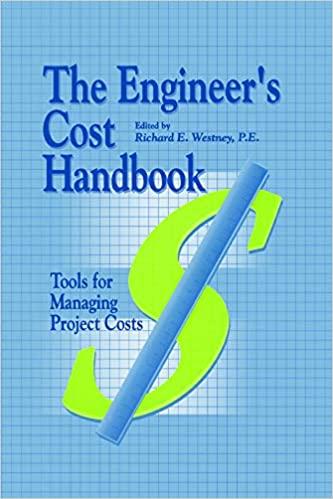Question
Considers the sensitivity of a bond's price (convexity) and duration to term-to-maturity and yield-to-maturity. Settlement date Maturity date Coupon Yield to Maturity Frequency Basis Redemption
Considers the sensitivity of a bond's price (convexity) and duration to term-to-maturity and yield-to-maturity.
| Settlement date | Maturity date | Coupon | Yield to Maturity | Frequency | Basis | Redemption | Duration | Price |
| 15-Jun-17 | 15-Jun-20 | 0.0150 | 0.0148 | 2 | 0 | 100 | 2.94 | 100.06 |
| 15-Jun-17 | 15-Jun-20 | 0.0325 | 0.0148 | 2 | 0 | 100 | 2.89 | 105.18 |
| 15-Jun-17 | 15-Jun-37 | 0.0350 | 0.0276 | 2 | 0 | 100 | 14.88 | 111.32 |
| 15-Jun-17 | 15-Jun-46 | 0.0475 | 0.0301 | 2 | 0 | 100 | 17.82 | 133.50 |
Calculate the price and duration of each bond for yields-to-maturity of 2, 4, 6, 8, and 10%. Report the results in separate tables for each bond.
1. Which bond exhibits the greatest convexity?
2. Which bond has the most volatile price?
3. Which bond's duration is the most sensitive to changes in market yield?
4. The 1.5 and 3.25 coupon bonds have the same time remaining to maturity. Why is the duration of the 1.5s longer than that of the 3.25s?
Step by Step Solution
There are 3 Steps involved in it
Step: 1

Get Instant Access to Expert-Tailored Solutions
See step-by-step solutions with expert insights and AI powered tools for academic success
Step: 2

Step: 3

Ace Your Homework with AI
Get the answers you need in no time with our AI-driven, step-by-step assistance
Get Started


